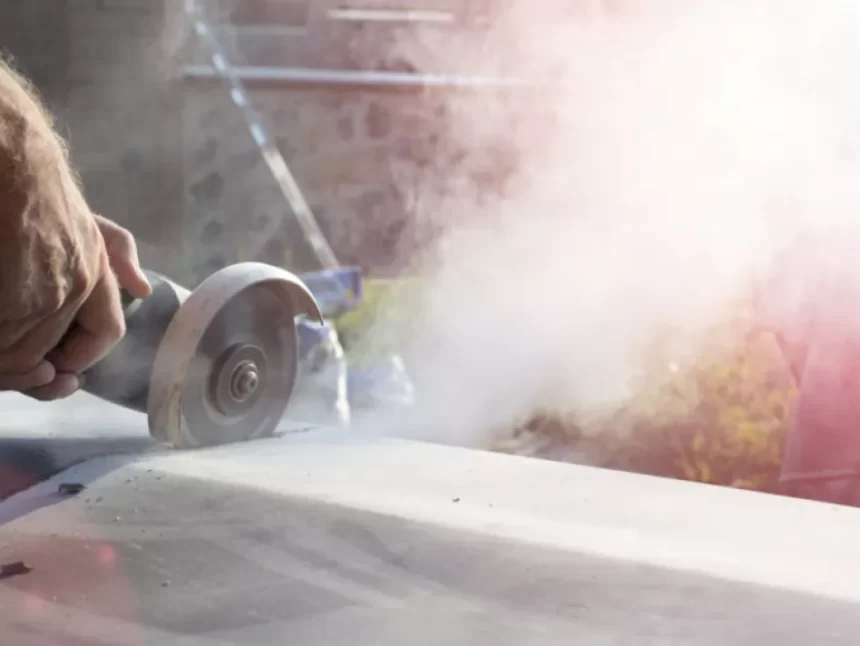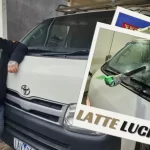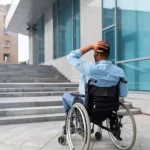Australia has become the first country in the world to ban engineered stone.
Federal, state, and territory ministers met in Canberra earlier this week to make the life-saving decision, which will come into effect on July 1 next year.
The outlawing of the popular benchtop product comes after years of campaigning from Australia’s unions who have witnessed the building material decimate the lives of hundreds of tradies every year.
Typically installed throughout Aussie kitchens and bathrooms, the manufactured benchtop stone has been heavily scrutinised since being linked to a debilitating lung condition – silicosis.
Nicknamed “the new asbestosis”, silicosis is caused by breathing the ultra-fine silica dust produced while cutting the stone, with estimates that 100,000 tradies will develop the condition in their lifetime.
Final nail in the coffin
But as word of the product’s dangers began to spread, so too did the dominos start to fall – with Aussie retailers banning the engineered stone from their shelves, unions preventing it from being imported or brought onto job sites and construction companies and property developers refusing to use it for building projects.
And after years of relentless campaigning, The Construction, Forestry, Maritime Employees Union (CFMEU) can finally declare: mission accomplished.
The agreement, which includes all states and territories, comes four months after a Safe Work Australia report found there was no safe level of dust emitted when the engineered stone is cut and, as a result, recommended a total ban.
CFMEU National Secretary Zach Smith said the ban will make Australia safer.
“This is an incredibly special day for Australian workers, especially every CFMEU member who fought for this life-saving change,” he said.
“The CFMEU is ready to help governments implement the July 1 ban on the import, manufacture and use of engineered stone.”
“From the start of this campaign, our union has said we would implement our own ban on July 1. The decision made today means we won’t have to.”
However, there are some caveats to the ban, with builders giving a grace period beyond the deadline for jobs which they have already signed contracts to use the product.
Importers “disappointed” by ban
Meanwhile a spokesperson for Australia’s leading importer of the material, Caesarstone, says the transition period to the product’s ban is too short, describing the ruling as a “piecemeal” measure that would continue to leave workers exposed to other forms of crystalline silica-containing products.
But while the ban comes too little too late for hundreds of tradies who have already sealed their fate, it does bring hope for silicosis sufferers like Kyle Goodwin to save their mates.
The former stonemason was at the forefront of the CFMEU’s “Stop This Killer Stone” campaign after being diagnosed with the incurable disease in 2018.
“Today is a fantastic day for the safety of young workers in this country,” Mr Goodwin told The Project.
“It’s bittersweet in a sense that it’s taken some of us to be diagnosed and some of us to die, but today is a great day for the safety of workers.”
“I am thinking of all those mates affected… we fought this fight for them.”
“I am so proud to be part of this movement to have this product banned in this country, and with Australia leading the way to be a world first, it is such an amazing achievement.”
Despite being the campaign’s frontman, a massive team of healthcare, legal, and science professionals came together to help get the ban over the line.
Fight turns to finding cure
One of those experts is Associate Professor Jane Bourke, who has conducted over 20 years of research on lung disease treatments at Monash University’s Respiratory Pharmacology labs.
She is currently working on a novel human model for anti-fibrotic drug screening in silicosis and says the unanimous support which helped secure the ban was down to inarguable research regarding the risks of engineered stone.
“Advocacy for the banning of engineered stone from all health sectors, including clinicians and medical researchers from Monash University, is based on unequivocal evidence that there is no safe level of exposure to silica dust,” she said.
Ms Bourke says it’s now time for campaigners to set their sights on finding a cure for those already cursed with the incurable disease.
“Ongoing monitoring of the estimated 10,000 Australians currently in the engineered stone workforce will still be required as more cases emerge due to prior exposure to this dangerous dust,” she explained.
“We must value lives ahead of industry profits as we continue our research to understand how this devastating disease damages the lungs and try to find effective treatments for those already affected.”
Mr Smith says campaigners like Kyle had secured their legacy by helping to bring in the ban.
“Kyle selflessly dedicated a huge chunk of his remaining days to stopping other workers from being given the same unthinkable diagnosis.
“Like Bernie Banton and asbestos, Kyle Goodwin’s name deserves to be inextricably linked to the ban on engineered stone.







